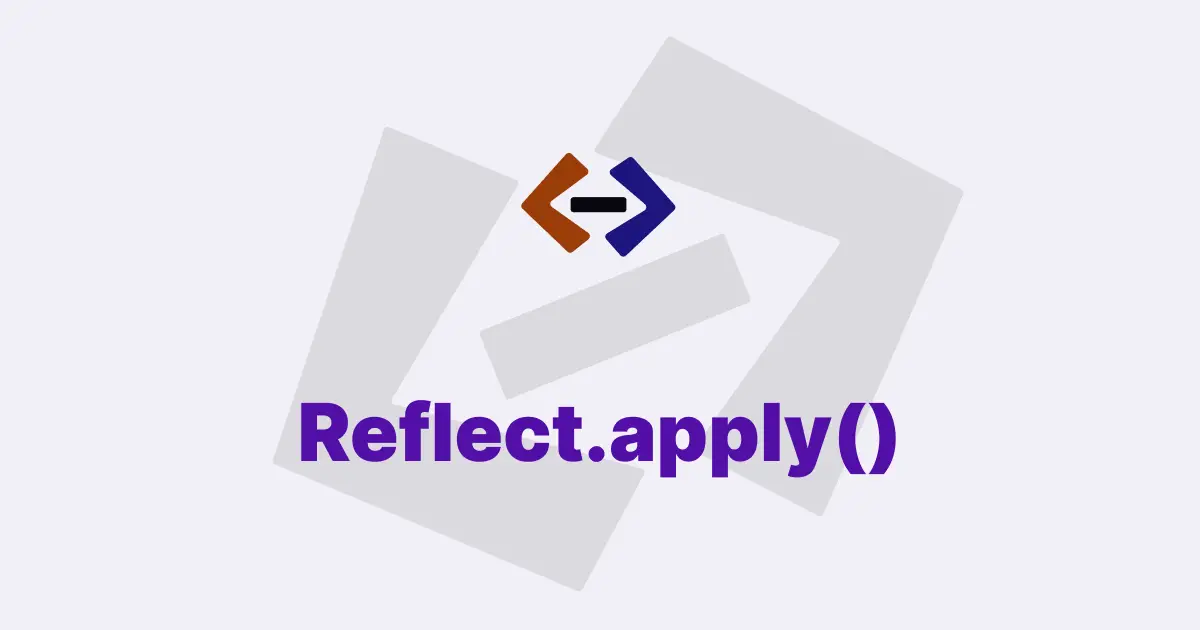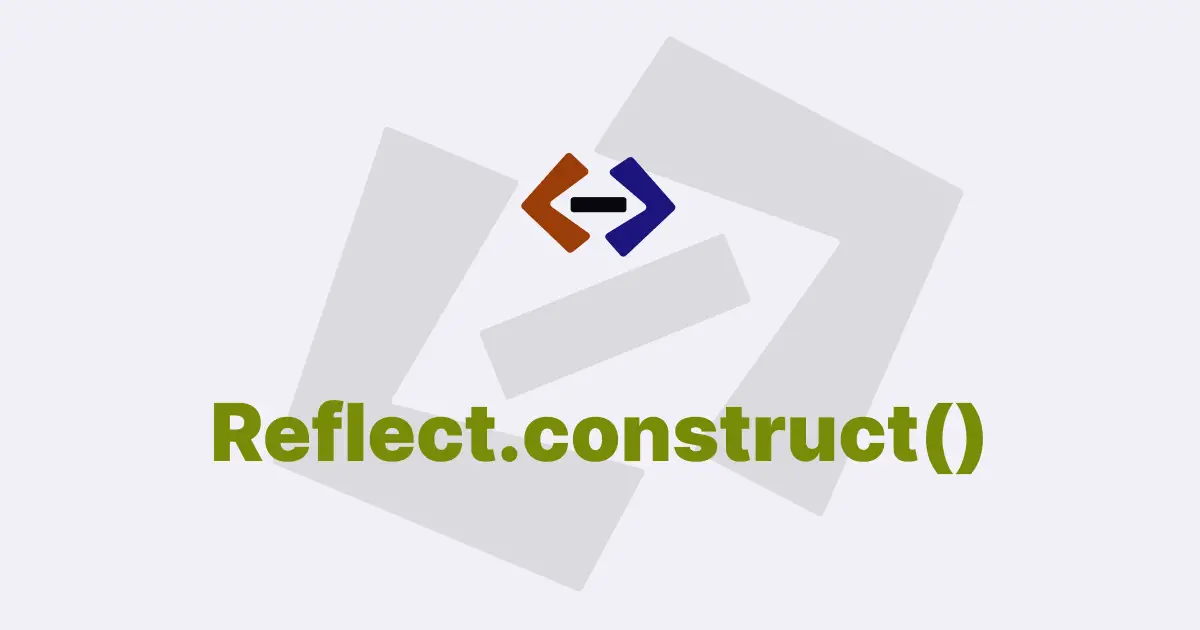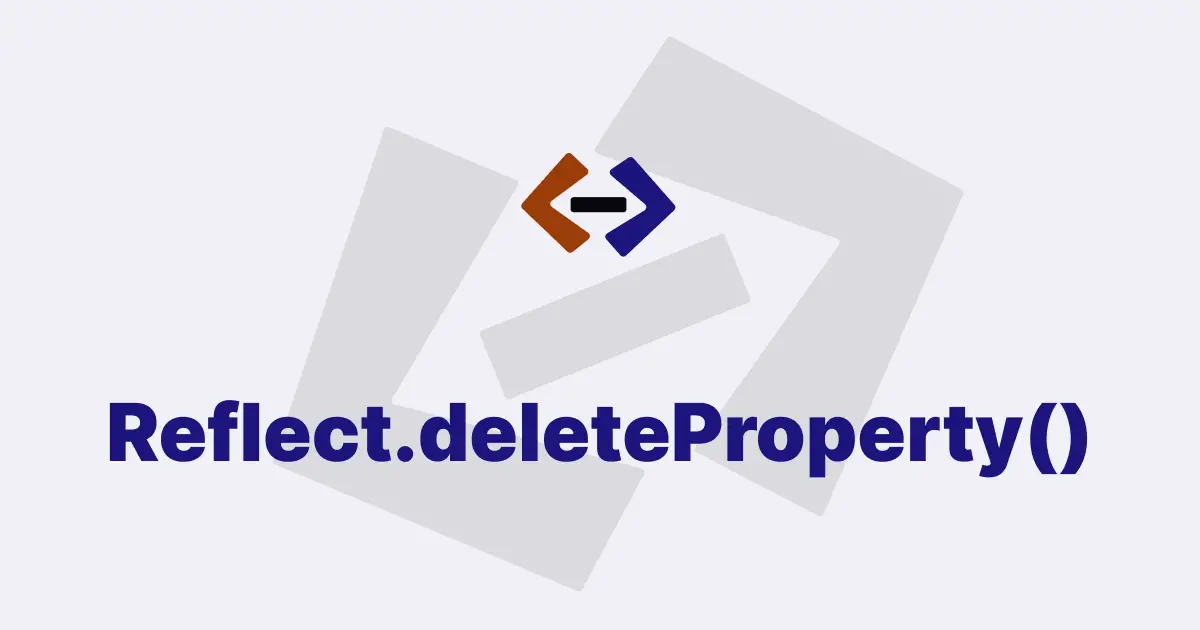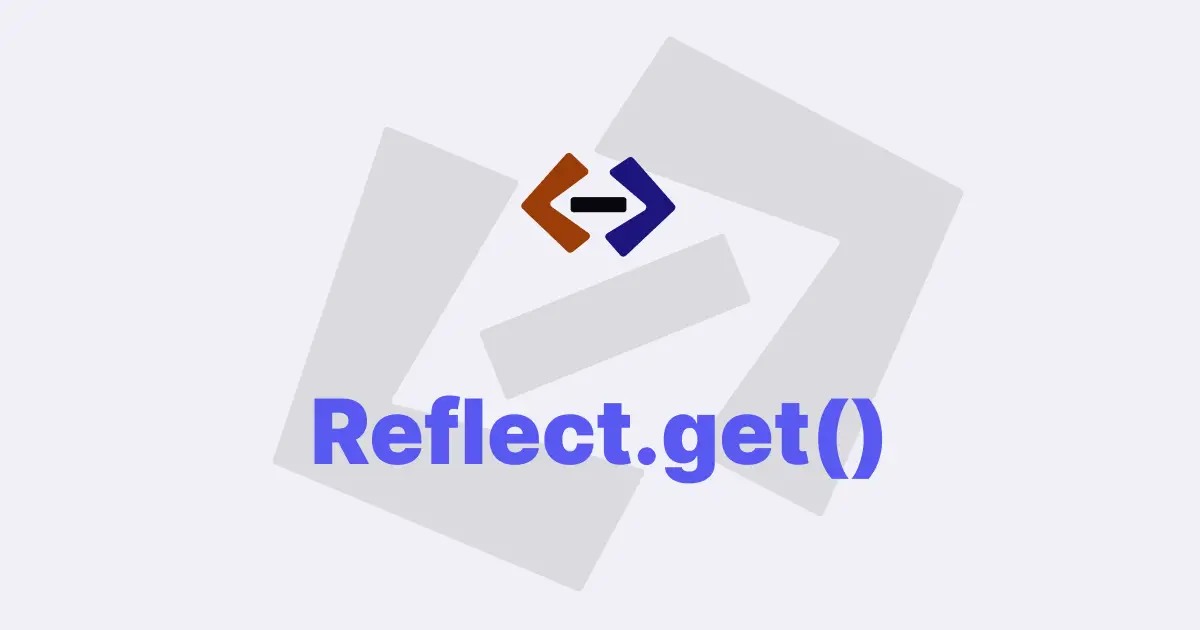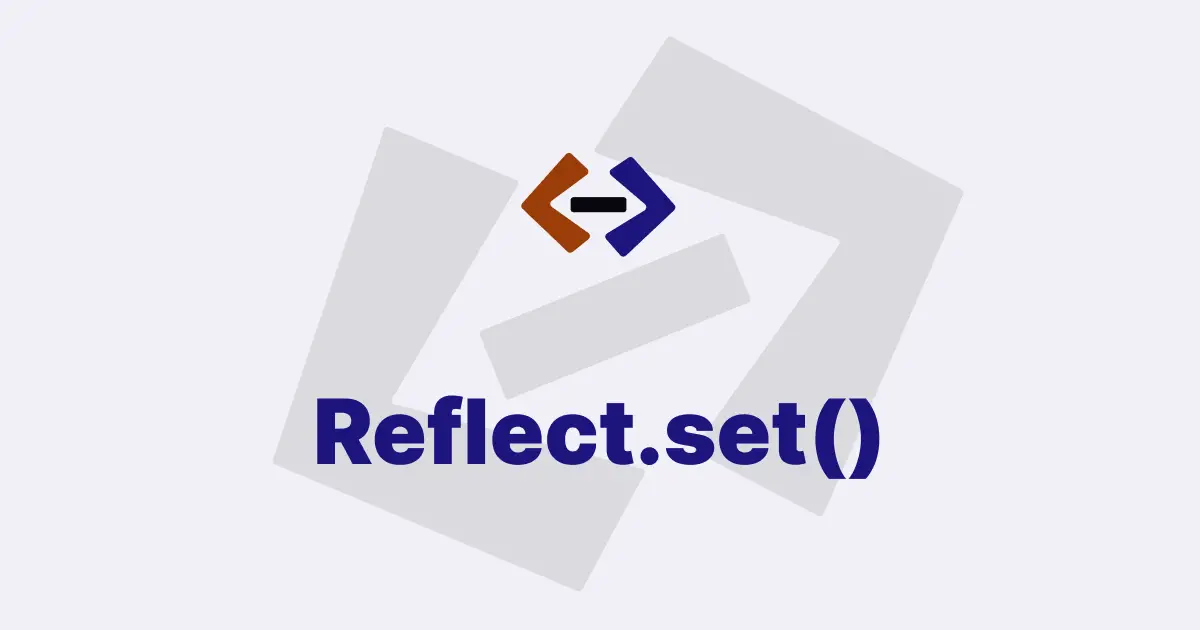The Reflect.has() method in JavaScript is a built-in function that is used to determine if a given object has a particular property. It takes two arguments: the object to be checked, and the name of the property to be checked for.
The Reflect.has() method returns a boolean value indicating whether the specified property exists in the given object or not. If the property exists, it returns true; otherwise, it returns false. This method is similar to the in operator in JavaScript, but it provides some additional benefits.
One of the benefits of using the Reflect.has() method is that it is a standard method that can be used with any object in JavaScript, regardless of whether it is a built-in object or a user-defined object. This means that it is more consistent and reliable than the in operator, which can behave differently depending on the object being checked.
Another benefit of using the Reflect.has() method is that it is more flexible than the in operator. For example, the in operator only checks if a property exists in an object’s own properties, but it does not check if the property exists in the object’s prototype chain. In contrast, the Reflect.has() method can be used to check for properties in both the object and its prototype chain.
Here is an example that illustrates how to use the Reflect.has() method to check if a property exists in an object:
const person = {
name: "John",
age: 30,
};
const hasName = Reflect.has(person, "name");
const hasGender = Reflect.has(person, "gender");
console.log(hasName); // true
console.log(hasGender); // falseIn this example, we first define an object called person with two properties: name and age. We then use the Reflect.has() method to check if the object has a property called name and a property called gender. The hasName variable will be true, as the object does have a name property. The hasGender variable will be false, as the object does not have a gender property.
One of the advantages of using the Reflect.has() method over the in operator is that it can be used to check for properties in an object’s prototype chain.
Here is an example that demonstrates this:
const person = {
name: "John",
age: 30,
};
const employee = Object.create(person);
employee.jobTitle = "Developer";
const hasName = Reflect.has(employee, "name");
const hasJobTitle = Reflect.has(employee, "jobTitle");
console.log(hasName); // true
console.log(hasJobTitle); // trueIn this example, we first define an object called person with two properties: name and age. We then create a new object called employee using the Object.create() method, which sets the prototype of the new object to person. We then add a new property called jobTitle to the employee object.
We can then use the Reflect.has() method to check if the employee object has properties called name and jobTitle. The hasName variable will be true, even though the name property is not defined on the employee object directly, because it is inherited from the person object’s prototype. The hasJobTitle variable will also be true, as the employee object does have a jobTitle property.
Thank you for reading, and let’s have conversation with each other
Thank you for reading my article. Let’s have conversation on Twitter and LinkedIn by connecting.
